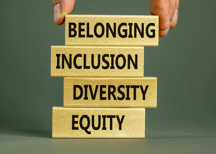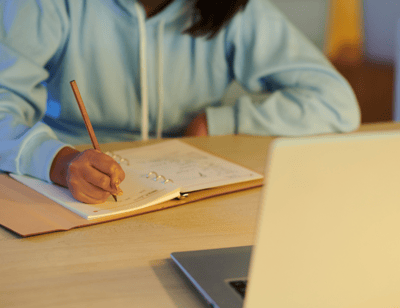Diversity and Inclusion: How Can Teachers Foster Equity?
Why Embracing Diversity Matters in the 21st Century Classroom
Diversity and inclusion (D&I) are more than just buzzwords in modern education; they are fundamental principles that enrich the learning experience and foster a sense of belonging among all students.
Diversity encompasses the range of different identities and experiences, including race, gender, sexual orientation, and more. Inclusion refers to the practices and policies that ensure all students feel valued, respected, and integrated into the learning environment.
As EFL teachers, it's crucial to incorporate D&I principles into our curriculum to prepare students for a globalized world.
Understanding Diversity and Inclusion
Diversity refers to the presence of differences within a given setting, encompassing aspects like race, gender, ethnicity, sexual orientation, and socioeconomic status. Inclusion, on the other hand, involves creating a learning environment where these differences are acknowledged, respected, and utilized to enhance the educational experience for all students. In the context of EFL (English as a Foreign Language) teaching, fostering a diverse and inclusive classroom ensures that every student, regardless of their background, has equal access to learning opportunities and feels represented and heard.
The Importance of Diversity & Inclusion in the 21st Century Classroom
In today's globalized world, classrooms are microcosms of our broader society, filled with students from varied backgrounds and experiences. Embracing D&I in education is crucial for several reasons:
Promotes Empathy and Understanding: Students learn to appreciate different perspectives, fostering empathy and reducing prejudices.
Enhances Critical Thinking: Exposure to diverse viewpoints encourages students to think critically and challenge their assumptions.
Prepares for Global Citizenship: Understanding and respecting diversity prepares students to thrive in a multicultural world.
Incorporating Diversity & Inclusion into the EFL Curriculum
Here are some practical ways EFL teachers can integrate D&I principles into their teaching of listening, speaking, reading, writing, and projects:
1. Listening Activities
Diverse Voices Podcast: Include podcasts or audio materials that feature speakers from different racial, gender, and LGBTQ+ backgrounds. For example, use a podcast episode where speakers discuss their cultural traditions or experiences as LGBTQ+ individuals. This exposes students to diverse accents, dialects, and perspectives.
Example: Assign a listening exercise featuring a TED Talk by an LGBTQ+ activist discussing their journey, followed by a class discussion on the themes raised.
2. Speaking Activities
Inclusive Role-Plays: Create role-play scenarios that involve characters from diverse backgrounds. Encourage students to explore and express the viewpoints of people different from themselves.
Example: Organize a debate on gender equality, assigning students different roles such as a female scientist, a male nurse, and a non-binary artist to argue their perspectives.
3. Reading Activities
Diverse Literature Circles: Select reading materials from authors of various races, genders, and sexual orientations. Use these texts to prompt discussions about the social issues they raise.
Example: Use a short story by Chimamanda Ngozi Adichie to discuss themes of race and gender, encouraging students to reflect on how these issues manifest in their own cultures.






4. Writing Activities
Reflective Essays on Identity: Assign writing tasks that prompt students to explore and reflect on their own identities and those of others.
Example: Have students write a reflective essay on a time they felt like an outsider, connecting their experience to broader issues of inclusion and belonging.
5. Projects
Community Projects: Design projects that encourage students to engage with diverse communities and report back on their findings.
Example: Students could interview members of local immigrant communities and create presentations or reports on the challenges and triumphs these individuals face.


By integrating diversity and inclusion into the EFL curriculum, teachers not only enrich their students' learning experiences but also help build a more equitable and empathetic world. As educators, our goal should be to create classrooms where every student feels valued and empowered to succeed.
Additional Sources:
Banks, J. A. (2019). An introduction to multicultural education. Pearson.
Gay, G. (2018). Culturally responsive teaching: Theory, research, and practice (3rd ed.). Teachers College Press.
Sensoy, Ö., & DiAngelo, R. (2017). Is everyone really equal? An introduction to key concepts in social justice education (2nd ed.). Teachers College Press.
Nieto, S. (2018). Language, culture, and teaching: Critical perspectives (3rd ed.). Routledge.
Milner, H. R., IV. (2020). Start where you are, but don’t stay there: Understanding diversity, opportunity gaps, and teaching in today’s classrooms (2nd ed.). Harvard Education Press.






